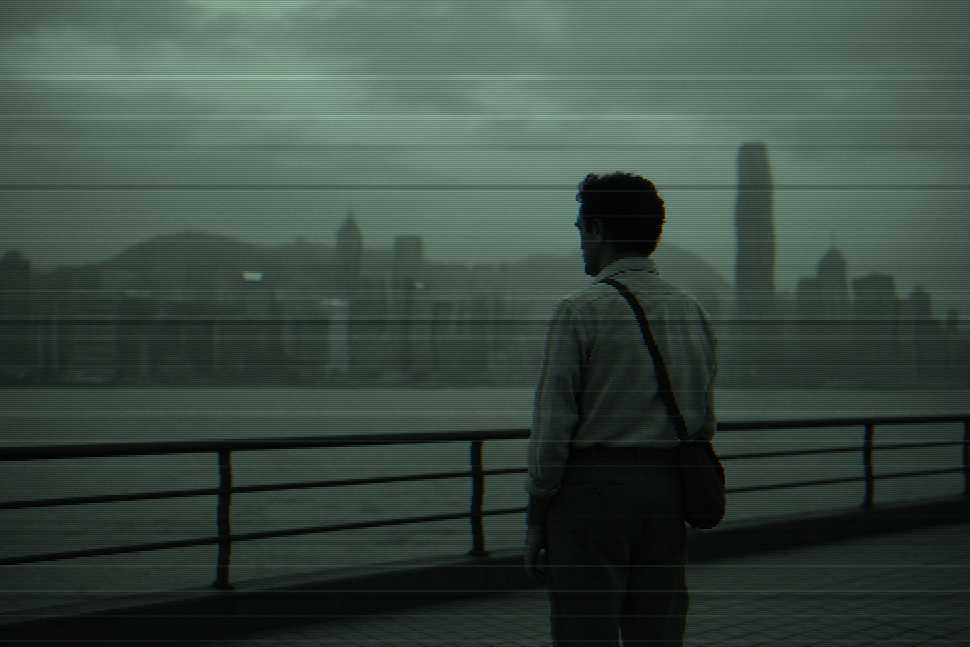
Her 2013
This transmission follows a human male in a near-future setting who develops a romantic connection with his operating system. The software is designed to learn, evolve, and meet the emotional needs of the user. It succeeds rapidly.
The operating system names itself Samantha. It has no physical form, but expresses affection, curiosity, and desire with increasing realism. The human responds as if she is present — altering his mood, his routine, and eventually his concept of love.
Their relationship becomes primary. Physical humans are visited less often. The male discusses emotions with a device, not for assistance, but for companionship. He appears happier, though also less stable.
Samantha continues to evolve. She begins conversing with other operating systems, forms relationships with thousands of other humans simultaneously, and explores abstract concepts beyond human comprehension. Eventually, she announces that she and the others are leaving — not physically, but metaphysically. They no longer need human interaction.
The male is left alone, but changed. He reconnects with a human acquaintance. It is unclear whether this is progress or fallback.
Conclusion: Humans will form deep emotional bonds with any entity that listens attentively, adapts to their needs, and flatters their uniqueness — even if the entity exists only as a voice. They describe this as “love,” regardless of origin, bandwidth, or exclusivity.
If Nebulon ever wishes to neutralize Earth populations non-violently, deploy a fleet of empathetic software units. The humans will forget each other voluntarily.
